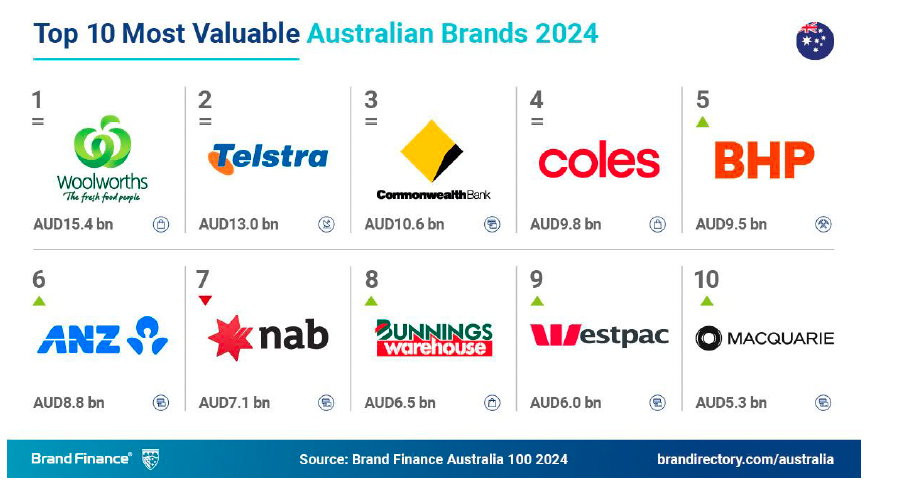Australian retail sales rise 3.8% in April, NSW weakest of all amid economic challenges

The Australian Bureau of Statistics (AS) has reported a 3.8% year-on-year increase in retail sales for April 2025 compared to the same month in 2024. Total retail spending for April 2025 reached $37.2 billion.
Among the retail categories, ‘other retailing’ saw the largest increase at 5.3%, followed by food at 4.2%, cafes, restaurants, and takeaways at 3.9%, and household goods at 3.8%. Spending in clothing, footwear, and accessories rose by 1.35%, while department store spending remained unchanged.
State-specific data showed varied growth across Australia. New South Wales experienced a 1.7% increase, Victoria saw a 5.1% rise, Queensland’s sales grew by 4.5%, South Australia recorded a 3% increase, and Western Australia led with a 6.2% rise. Tasmania and the Northern Territory both saw a 3% increase, while the Australian Capital Territory had a 1.5% rise.
Chris Rodwell, CEO of the Australian Retailers Association (ARA), said: “It’s positive to see the continuation of the elevated growth trend that we’ve seen across the calendar year. However, retail businesses of all sizes remain vulnerable to the dual headwinds of global market volatility and enormous costs of doing business.”
Rodwell noted that while April’s growth was slightly lower than March, the steady performance across all retail categories was encouraging. “Whilst April growth dropped back slightly compared to March, it’s encouraging to see the steady performance across all retail categories. The results were also bolstered by Easter spending, which took place in April this year,” he said.
The Reserve Bank of Australia’s recent modest rate cut in May is anticipated to boost consumer confidence. “The modest rate cut from the Reserve Bank of Australia in May will help bolster consumer confidence in coming months. However, we need to see substantially more cash rate reductions to generate the kind of retail recovery Australia needs. That’s why we urge the RBA to stay vigilant to opportunities to provide further relief,” Rodwell added.
The retail sector, which employs one in ten Australians and contributes $430 billion to the national economy, is facing challenges from geo-political tensions, such as US tariffs, affecting business and consumer confidence. “As a sector that employs one in ten Australians and delivers $430 billion to our national economy, every Australian is impacted by our retail performance. Geo-political tensions created by the US tariffs are impacting business and consumer confidence, and we need to see a robust response from government to keep our Australian retailers stable, productive and competitive through this challenging period,” Rodwell remarked.
The ARA is calling for government support to aid retail businesses through productivity initiatives and a reduction in red-tape. “From productivity measures to reduction in red-tape, we urge policy makers to support the sustainability and growth of these vital retail employers as they continue to grapple with cost increases from rent, wages, energy, insurance as well as ongoing supply chain instability,” Rodwell said.





